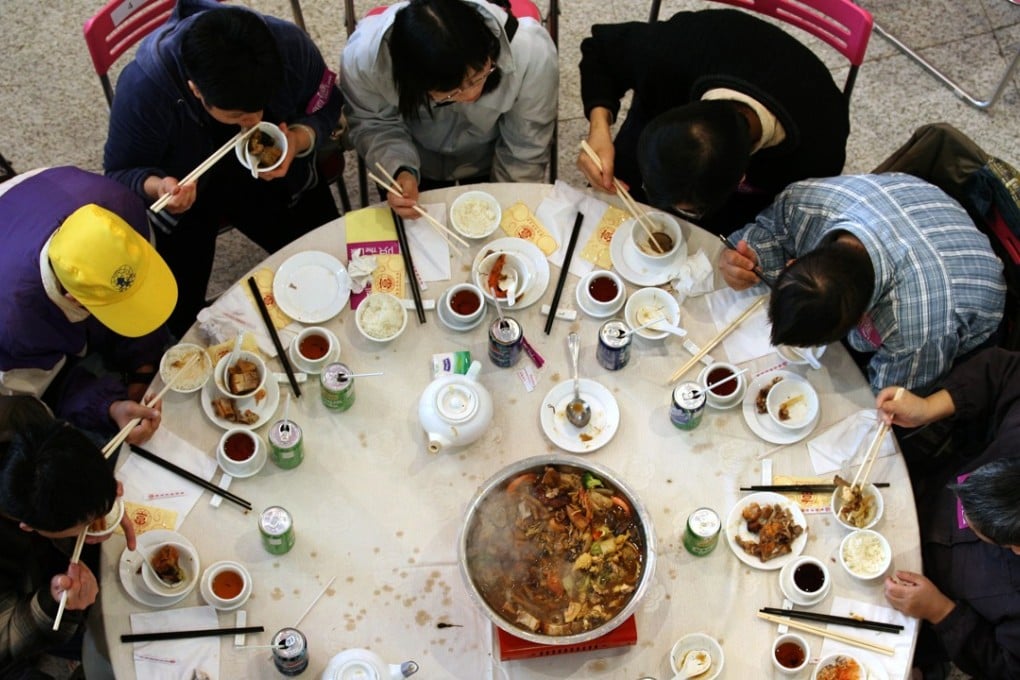Be careful what you eat at Lunar New Year – it could make or break you in 2018, according to Chinese food symbolism
Many dishes have symbolic meanings in Chinese tradition, with some luckier than others

With Lunar New Year just around the corner, many Hongkongers will be looking to boost their luck for the coming 12 months by tucking into auspicious foods as part of the traditionally lavish festival feast.
Food symbolism goes back centuries in China, and is taken very seriously on special occasions such as Lunar New Year.
This year the first day of the festival falls on February 16. Enjoying extravagant foods with family and friends is arguably the cornerstone of the occasion, along with receiving the ubiquitous red envelopes full of cash (called lai see in Cantonese, or hongbao in Mandarin).
Dishes may vary slightly according to regional and family customs. Dumplings (gau ji) are more commonly served in the north of China, while Hong Kong families often go for a dim sum meal.
All food items have their symbolic meanings which, for Hongkongers, are often derived from their Cantonese homonyms. For instance, the Cantonese word for lettuce – sang choi – sounds very similar to the phrase which means “growing wealth”. Of course, nothing considered “unlucky” is allowed near the dining table.
Six top healthy food trends for 2018, from the next superfoods to a planet-friendly animal protein source
By carefully choosing the menu in this way, families will supposedly be able to increase their luck and manifest their wishes for the coming year, whether those be earning more money or having more children. City Weekend explains the origins of some traditional Chinese festival foods and their often quirky symbolic meanings.
